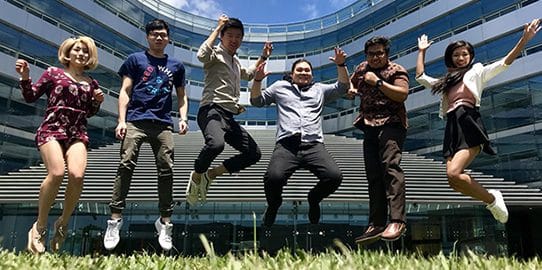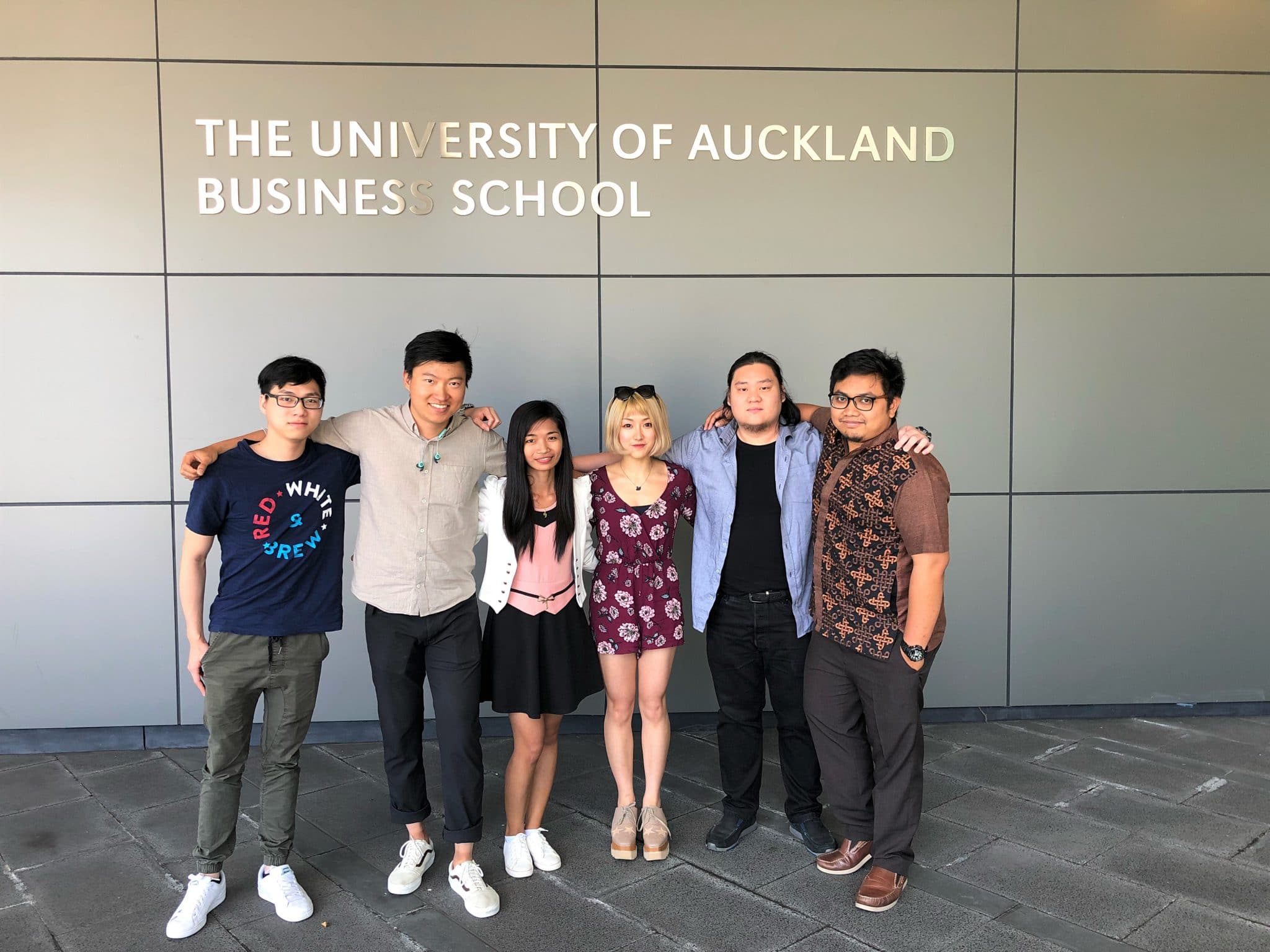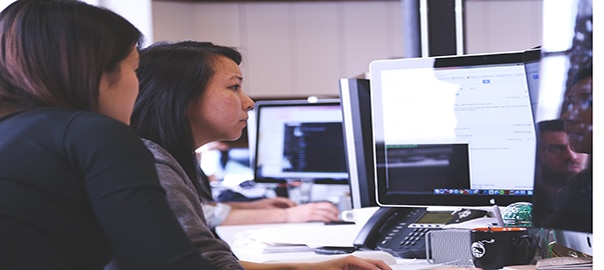Adapted from an article written by Karie Willyerd, Alwin Grünwald, Kerry Brown, Bernd Welz, and Polly Traylor and originally published in the Digitalist Magazine by SAP.
“An organization’s ability to learn, and translate that learning into action rapidly, is the ultimate competitive advantage” – Jack Welch
For companies, traditional training methods, such as classrooms, are still relevant, but they are no longer the prime delivery method for learning. Now digital experiential learning methods offer businesses a versatile platform that connects the dots between learning outcomes and business outcomes, such as attrition, employee engagement, and sales growth.
Brown and colleagues of business software solutions company SAP introduce a convincing argument for the effectiveness and efficiency of modern methods of experiential education. Businesses that leverage custom-made, carefully-integrated digital learning models generate effective employees and dynamic business strategies. The authors outline their findings in six exciting concepts.
1. Continuous mobile learning is the future
The future of learning rests with learning methods that are rapid, mobile and on-going. Brown et al. believe the greatest challenge for traditional learning methods is their inability to keep up with the increased diversity and pace of the modern business climate. Systems like classrooms, slides, and textbooks cannot keep up with these pressing factors.
Digital learning allows businesses to mobilize their training systems to each employee in customised, consumable forms. This portable form of learning turns training into a continuous and ever-engaging experience. Bernd Knobel, a director at CGI Consulting called his company’s digital training, “a ‘moment of need’ reference tool” that assists his employees in their everyday duties. As a continuous system, it is a tool that lets employees access it where and when they require. Like CGI, digital learning methods are continuous training systems that give more employees the autonomy to learn as they work.
2. Digital’s Competitive Advantage
Digital learning helps businesses keep up to date with modern developments in technology and communications. Companies like Uber, Netflix, Airbnb and many others used modern technology and digital systems to outrun the developments of tomorrow. Any business can gain this competitive edge by using and understanding the potential of digital learning methods.
3. The Need for Multi-Skilled Employees
Jim Carroll, a renowned business consultant, uses the automotive industry to describe the modern need for multi-skilled employees. Carroll exemplifies how a regular car dealer requires a range of knowledge, “infinitely more complex than it was 5 or 10 years ago.” The integration of complex technology into normal, day-to-day activities necessitates a multi-skilled workforce in any business. Digital learning’s versatile and mobile systems make it the best tool in closing the skills gap of the modern workforce.
4. Motivation the Next Generation’s Workforce
The authors cite that in less than a decade 75% of the workforce will comprise of Millennials eager for expedient and diverse learning. Digital learning is a necessary addition to common business practice should the businesses of tomorrow want an engaged and prepared workforce. The Oxford Economic Workforce 2020 survey suggests that the top concern of employees surveyed is becoming obsolete. Digital learning benefits both businesses and their employees in addressing that reality of obsolescence.
5. The Defining Characteristics of Digital Learning
The article identifies six key characteristics that exemplify the transition from traditional to digital learning methods. The first is micro-learning, breaking large concepts into smaller consumable pieces. Businesses have the freedom to deconstruct their training into whatever sequence or series is appropriate. The main principle is taking large complex ideas and breaking them into smaller, simpler parts.
The second is self-serve learning. An overarching theme of the article is the importance of mobile, accessible learning systems. Digital learning can be cloud-based, updated in real-time and accessed where and when an employee needs. This is just one exciting foundation of its self-serve learning method.
The third is learning as a form of entertainment. Digital learning’s ability to take the form of business simulations, gamified goal-setting or virtual reality makes it an emotive and entertaining learning style. Joe Carella of the University of Arizona shared his praises of digital learning methods describing them as, “more immersive” than traditional online methods.
The fourth is the social learning of digital learning methods. Learning is an “emotional experience and most people don’t want to be alone when they learn”, says Brown et al. The potential for social collaboration produces new avenues for learning strategies and internal business growth.
The fifth, building off social learning, is user-generated content. Founder of The MASIE Centre, Elliott Masie described “raw, user-created content” as having a higher demand above “polished corporate-created content.” Digital learning leverages this social trend allowing employees to learn from each other in a collaborative environment.
Finally, the sixth characteristic is video. Video content can now be created, edited and consumed by anyone with access to a digital device and the internet. VP Cushing Anderson of the firm IDC says “[digital] learning is often about substituting convenience for perfect quality”.
6. The Human Equation of Shifting to Digital
The article concludes by emphasizing the importance of having a strong human connection throughout the digital learning experience. The point is succinctly summarised by the authors, “excellent learning depends on excellent instructors.” Blending digital into traditional, formal modes of learning leverages its human connection to produce knowledge that sticks.
The Main Takeaway
The key premise of the article is that business that leverage personalized, carefully-integrated digital learning models generate effective employees and dynamic business strategies. Digital learning methods are continuous learning platforms that give businesses a competitive edge while fostering a collaborative culture. Nevertheless, its benefits and advantages all rely on the human element and intending businesses should endeavor to integrate digital learning into existing formal training methods.











